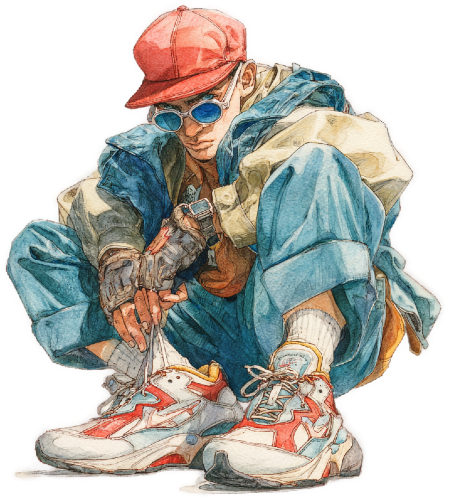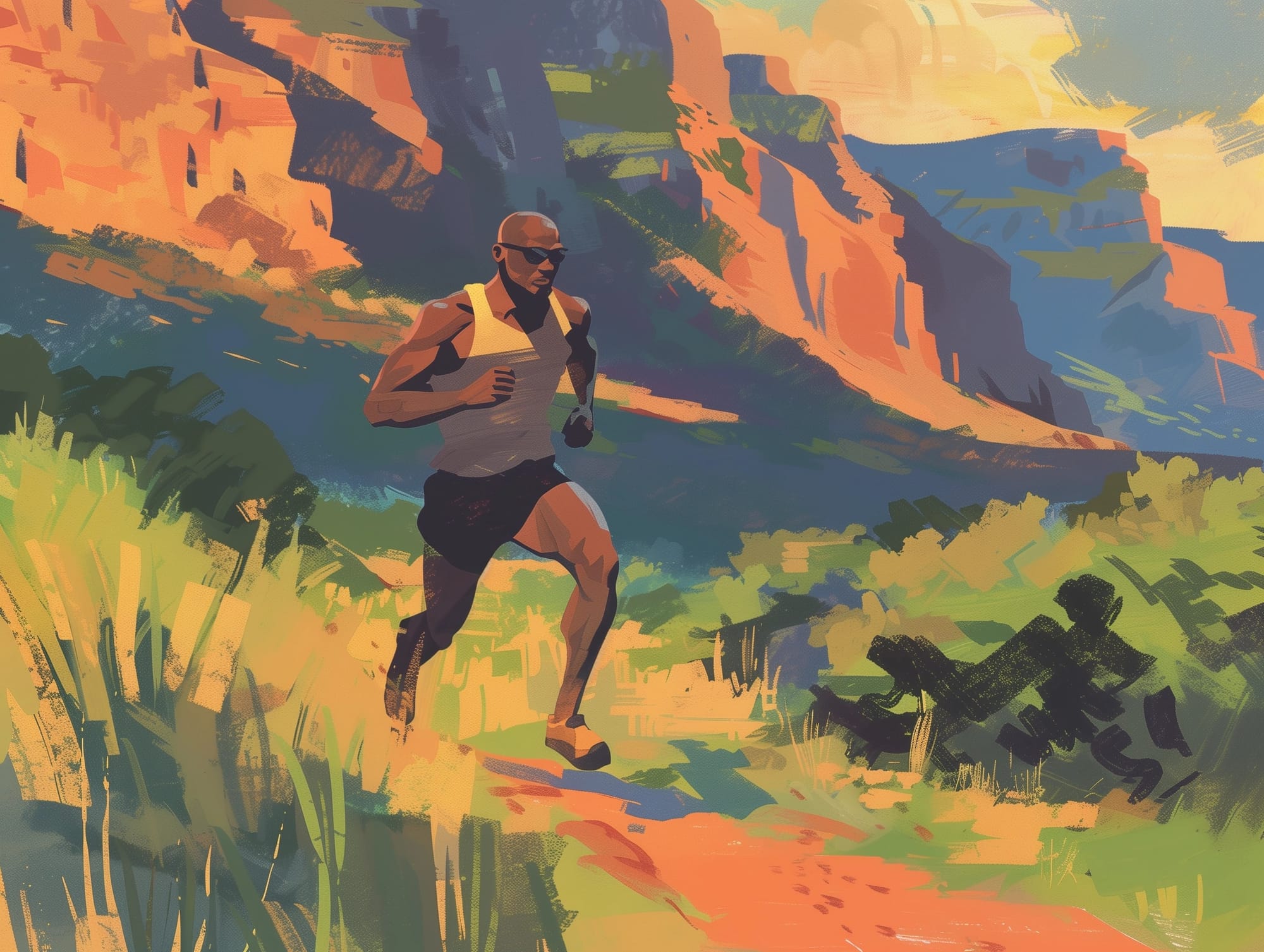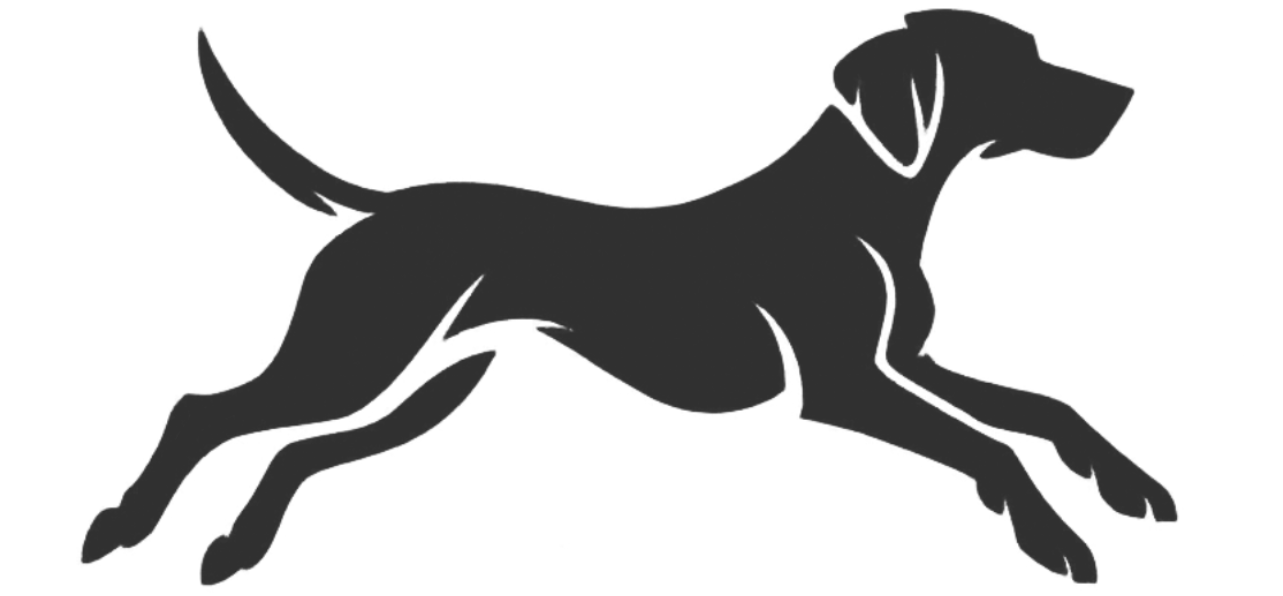
Sleep & Training: How to Recover Like a Pro
You can eat clean, train smart, and meditate daily but if your sleep sucks, you’ll stay stuck. Sleep is the most underrated performance tool out there. It’s when your body rebuilds muscle, balances hormones, consolidates memory, and restores energy. Skip it, and all your hard work gets taxed. Prioritize it, and you unlock superhuman gains.
#1: Muscle Repair and Recovery
Sleep is when your body goes into repair mode. During deep sleep, growth hormone spikes, repairing muscle tissue, replenishing energy stores, and reducing inflammation. If strength and endurance are your goals, the real gains land after the workout — while you’re unconscious.
#2: Nervous System Reset
Deep and REM sleep recalibrate the brain and nervous system. Your coordination, reaction time, balance, and overall “sharpness” depend heavily on sleep quality. Skip sleep and suddenly your body forgets where your feet are, which is never ideal mid-run or under a barbell.
#3: Hormone Regulation
Sleep balances the hormones that keep you functioning like an adult instead of a chaotic raccoon. Cortisol drops, testosterone and growth hormone rise, appetite hormones normalize, and emotional regulation stabilizes. When people say “I’m not myself when I’m tired,” that’s not drama — that’s biology.
#4: Immune System Strength
Sleep triggers the production of cytokines and antibodies that help fight infections. Consistent high-quality sleep doesn’t make you invincible, but it makes you a much harder target. If you’re constantly sick, sore, and tired, check your sleep before you blame your training program.
#5: Metabolic Efficiency
Even one rough night can mess with insulin sensitivity, HRV, and energy output. Good sleep improves glycogen storage and energy regulation — which is why your workouts feel 10× harder on low sleep. It’s not a lack of grit; it’s a lack of fuel.
#1: Mood, Stress, and Emotional Regulation
During sleep, your brain processes emotions and lowers cortisol levels. Wake up rested, and life feels manageable. Wake up exhausted, and the world looks like a personal attack. For many people, fixing sleep beats trying to “willpower” their way out of anxiety or irritability.
#2: Cognitive Function and Memory
REM sleep consolidates learning and memory. Whether you’re practicing new lifts, dialing in form, or just trying to remember your passwords, your brain relies on sleep to turn effort into skill. Creativity, focus, clarity — all upgraded overnight.
#3: Motivation and Discipline
Low sleep kills motivation, not because you’re weak but because your brain is literally conserving energy. Get great sleep and suddenly habits, discipline, and routines feel easier. Consistency isn’t just a character trait — it’s a chemical state.
#4: Long-Term Brain Health
Quality sleep allows the brain to clear metabolic waste, including beta-amyloid — the stuff associated with cognitive decline. Translation: the better you sleep now, the better your brain ages later. Sleep is a long-term investment disguised as a nightly reset.
#5: Identity and Self-Belief
Recovery is not just physical; it’s psychological. Sleeping well creates momentum — you feel capable, energetic, and forward-moving. Sleeping poorly creates drag — you feel behind before the day even starts. One path builds confidence, the other erodes it.
I used to treat sleep like something I could negotiate with. But nothing else in my health changed until sleep did. Strength training, running, yoga — it all clicked once sleep became a non-negotiable instead of an optional bonus.
How Much Sleep Do You Actually Need?
- Average person: 7–9 hours
- Active or training consistently: 8–10 hours total (naps count)
More sleep isn’t laziness — it’s strategy.
Signs you’re under-sleeping:
- Always sore
- Workouts feel harder than they should
- Getting sick more often
- Reliance on caffeine instead of preference for caffeine
- Mood + motivation circling the drain
- Train earlier if possible (late intense workouts can disrupt sleep)
- Keep your room cool, dark, and quiet
- Wind down 30–60 minutes before bed (mobility, breathwork, journaling)
- Avoid caffeine after 2 p.m. and alcohol near bedtime
- Keep a consistent sleep + wake schedule — even weekends
Naps? Absolutely. 20–30 minutes. For bonus style points: the caffeine nap.





Subscribe to get updates on new content, merch and more from Sendō Worldwide.
Check out some Research: our free collection of training plans, workout guides, nutrient-dense grocery lists, pace calculators, and other tools to support your quest.
Browse the Online Shop for apparel, accessories and training books to equip yourself for the path ahead.
Have a tip, story, or idea? It could end up in a future post. Email me anytime with questions, thoughts, or even confessions — we're all in this together.





